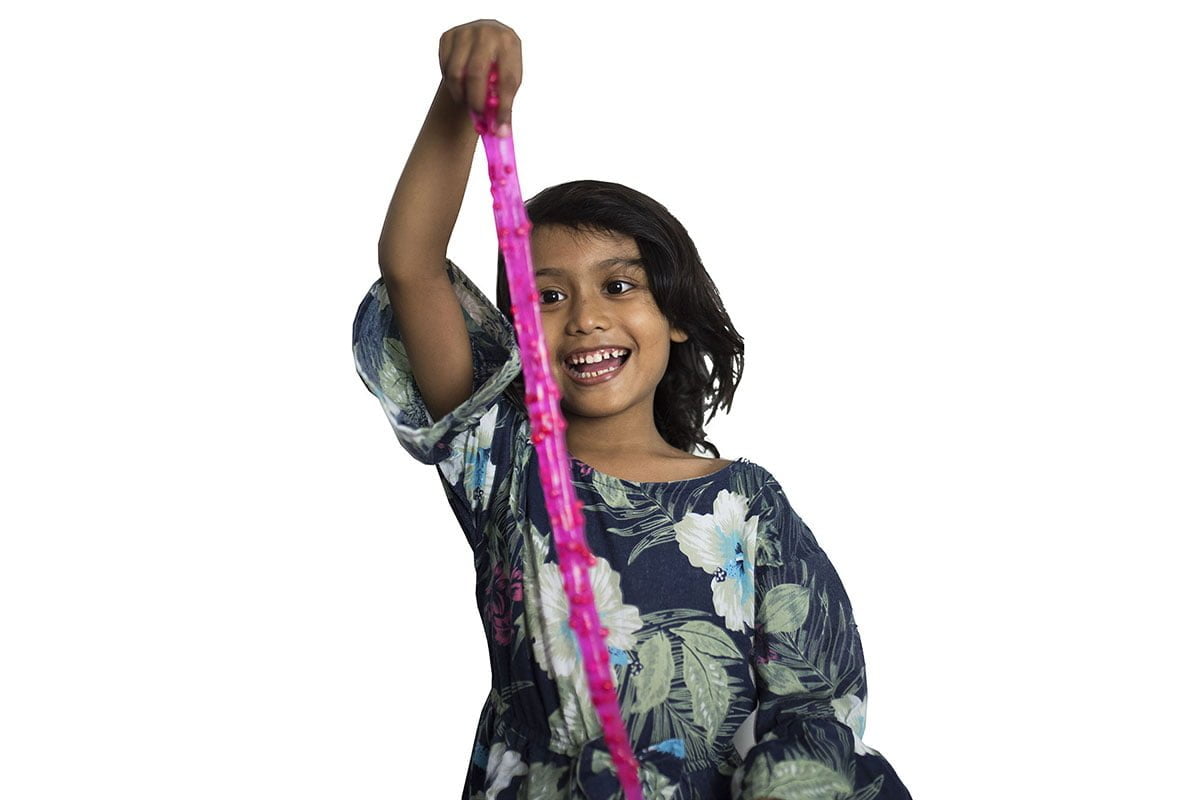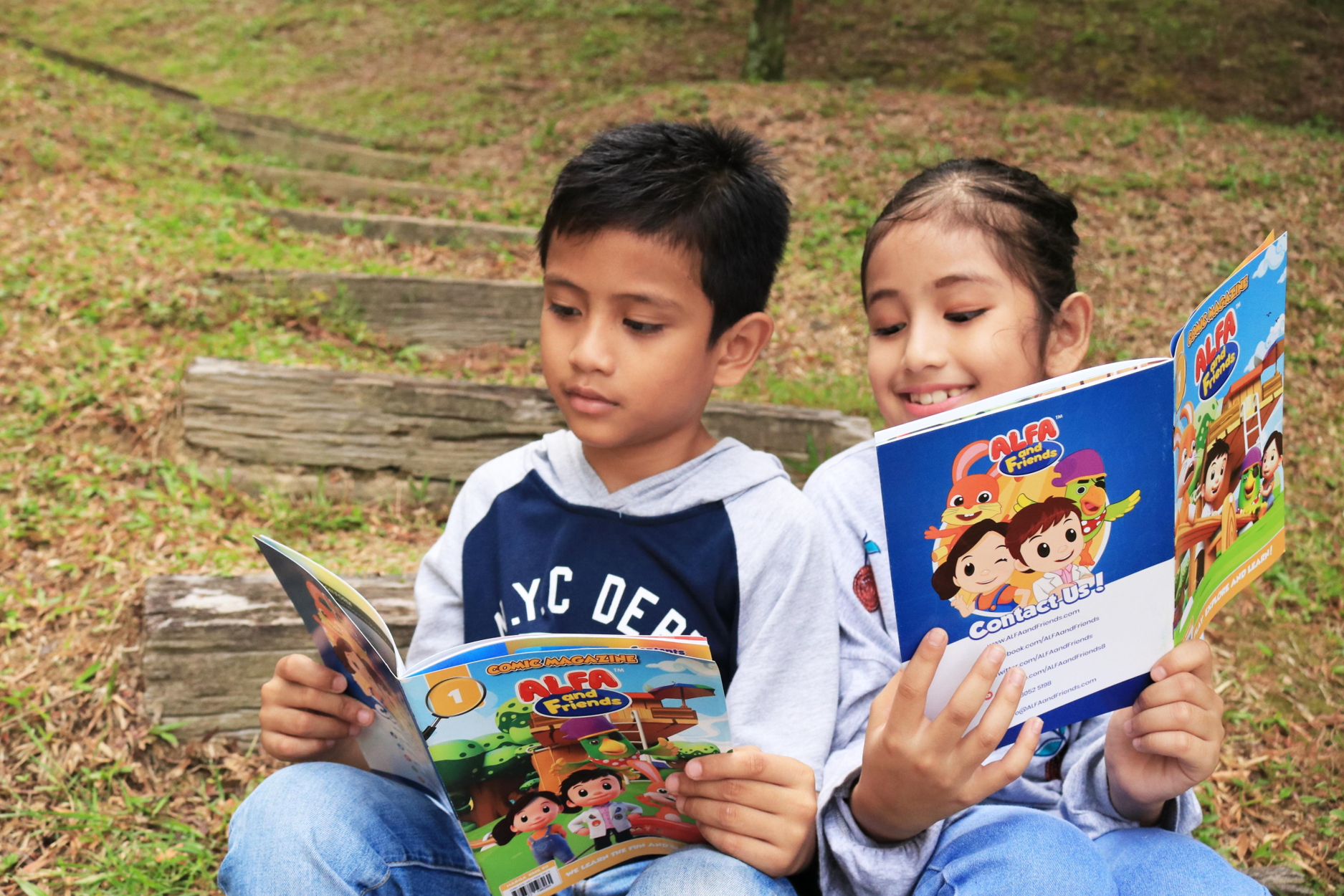Choosing the right toys for your child can be a little bit tricky – there’s so many, TOO MANY, choices at the toy store and you wouldn’t know how these toys will be beneficial to your child.
Similar to book genres, toys can also be categorized into different types. In general, toys are designed to cater to every hobby and interest of children that you could think of.
Different toys also cater to different children’s age groups as such that toys for babies would not be similar to toys made for preschoolers.
Let’s explore the different types of toys to see how the toys work and their advantages in contributing towards your child’s learning development and growth through the essence of play:
1. Pretend Play Toys

Pretend play or role play toys are one of the most popular choices among children. The reason being so is because pretend play toys allow the child to roam freely in their imagination which means that these toys will never run out of style – it will take some time before your child outgrows play pretend toys such as cooking sets, doctor sets, and firefighter sets that sometimes come with its own firefighter costume and badge (adorable!).
Pretend play toys allow a child to learn by observing, imagining and doing. These toys help to aid in a child’s imaginative play through the world of make believe by enhancing a child’s cognitive flexibility and creativity.
Pretend play also helps to support children’s social and emotional development by experimenting with the different roles while simultaneously developing a child’s language and communication skills as a huge part of pretend play is interaction and dialogue with their play partners.
2. Arts and Craft Toys

You’ve seen this before – those painting sets, origami kits, DIY scrapbooking tools that are being sold on the shelves. These toys are most popular among older children as they are more skilled and capable of following instructions and carrying out complex projects and tasks such as “making your own crown” or “decorating your own birthday card”.
Arts and craft toys are wonderful for children whose hobbies and interests involve creating and making. Plus, one of the unique benefits of arts and crafts toys is allowing children to make things with their own hands using their own creativity.
These toys play a huge role promoting the use of coordination and fine motor skills as these toys involve carefully drawing, cutting, tearing, pasting, and many more that require your child’s dexterity to handle small items.
Arts and crafts toys also help children to express themselves through their one of a kind creations which enables them to be more creative in expressing their feelings, emotions, and characters through the use of art. Arts and crafts toys also build confidence as their creations are often a representation of themselves and their identity.
3. Tech Toys

Tech toys are usually on the upper end of the price scale. These toys can range from electronic robot kits to drones. If you plan on investing some money on a toy for your child then tech toys are the ones to look for.
Tech toys have grown in popularity along with the digital era in which even schools seem to be gravitating towards placing more emphasis on technology learning. Children nowadays are also much more tech-savvy than their previous generations so tech toys seem to be a hit among children of all ages.
Tech toys are interactive and have great potential to turn into learning tools. Tech toys also cater to the 21st century skills and knowledge that children are expected to master from an early age.
Most tech toys such as the ALFA and Friends’ Spark kit #40 which comes with a virtual reality box to encourage children’s problem solving and conceptual skills and extend traditional learning to inculcate more than just the traditional 3Rs (reading, writing, arithmetic) by including the practice of more technologically advanced skills such as coding and design thinking.
4. STEM Toys

Science, technology, engineering, and mathematics; this is what STEM stands for and in STEM education, there are STEM toys.
STEM toys can be found almost everywhere, even toys that are not labelled as STEM toys can fulfill the criterias of being considered as one. STEM toys such as the ALFA and Friends’ Spark kit empower children to learn on their own through hands-on experiences.
STEM toys are created to pique children’s curiosity as STEM education focuses on children’s willingness to explore and discover their surroundings on their own. STEM toys also incorporate the use of skills and knowledge that are applicable in real-life situations such as cooperation and collaboration.
Unlike other types of toys, STEM toys have explicit educational values and are designed to be used in the process of teaching and learning.
5. Gross Motor Toys

Gross motor skills are skills that involve movement of the whole body using large muscles such as standing, walking, running, jumping, crawling, and sitting.
Gross motor toys are usually used outdoors, but there are also indoor playsets that are available. Gross motor toys include bicycles, scooters, playground sets, gym sets, playhouse, and inflatable swimming pools. These toys are popular among children, especially if they have siblings as these toys are mostly enjoyed when played in groups.
Gross motor toys are important in developing children’s physical development and it also promotes a healthy lifestyle among children by encouraging them to be active and participate in outdoor activities that make them sweat.
6. Fine Motor Toys

As opposed to gross motor skills, fine motor skills are the smaller muscles of the hands, fingers, and the thumb. Practice of using fine motor skills can be found in writing, pencil gripping, cutting, pasting, and putting things together.
Fine motor toys are perfect for younger children that are still growing and developing their fine motor skills. These toys include play dough, kinetic sand, push and pull toys, and lacing beads set. The development of fine motor skills at an early age are crucial for your child’s development in their later years.
It is crucial to execute tasks such as zipping clothes, drawing, buttoning, and peeling properly. Therefore, if you have younger children, fine motor toys are the perfect choice.
7. Literacy Toys
Yes, toys can promote the use of literacy and language skills too. You often see these toys with alphabets on them, some even have voice overs of key words and phrases for children to learn, while more complex ones teach children about spelling and making sentences.
If your aim is to improve your child’s literacy and language skills, you can shop for this type of toy instead. Literacy toys differ in terms of level of creativity so there are different kinds of literacy toys for all children of different age groups.
Some of these toys also incorporate storytelling such as electronic books that come with sounds, music, and nursery rhymes. Perfect for children who need a little bit of help in developing their language skills.
There are also toys that can be bought online which comes in individual sets or monthly subscriptions for kids. These are just some of the types of toys that are available in the market for you to choose from. Hopefully, this article will be able to guide you in making the best and wisest choices for your children.









